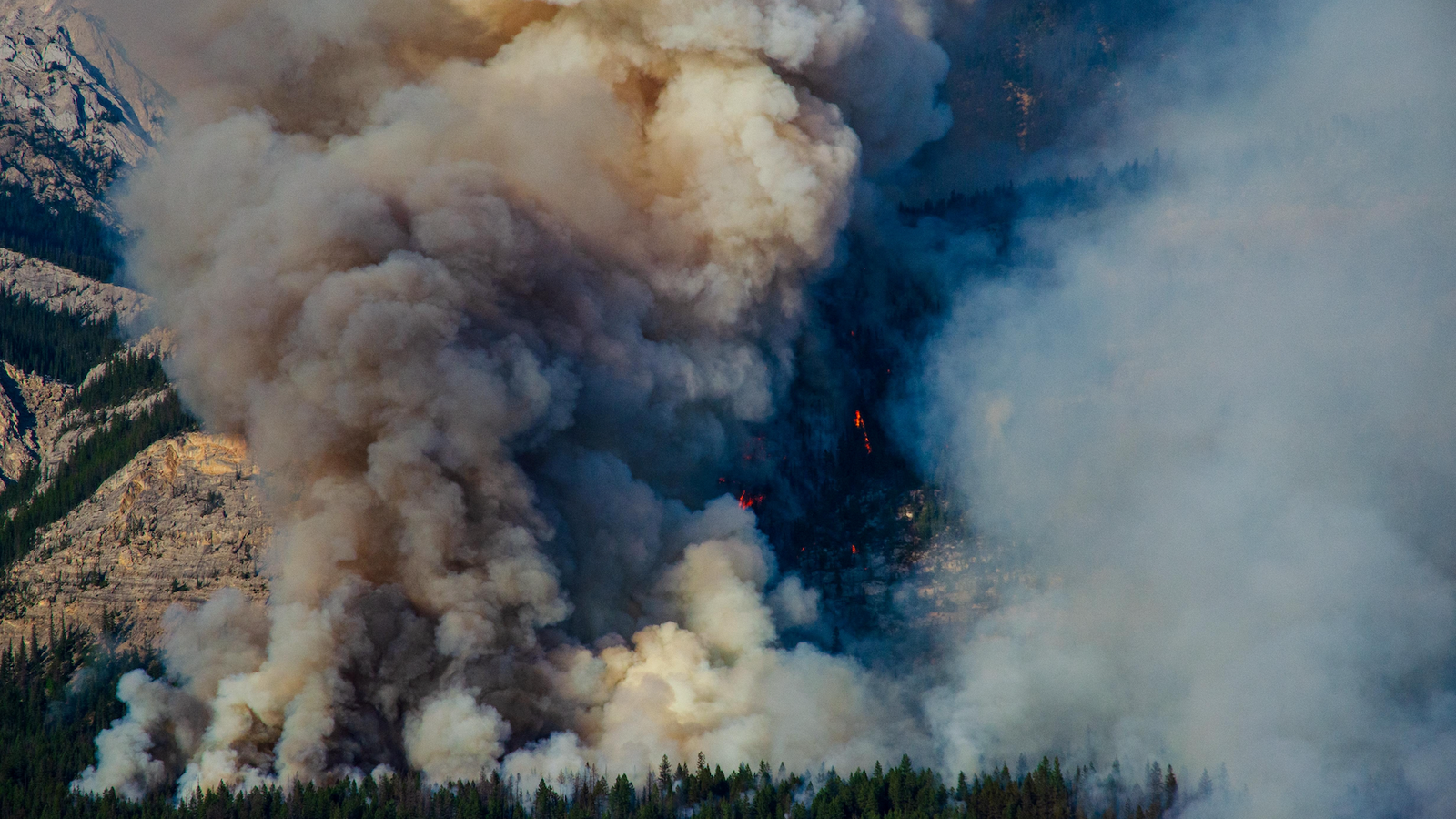Back in the 90’s I was on a full time ARes infantry QL2/3 for 12 straight weeks at the PPCLI Battle School in sunny Wainwright. Everyone else in my platoon was from Victoria to Thunder Bay. Although we were at the PPCLI’s school, almost all of our platoon’s instructor cadre, except for the platoon WO and swing NCO, were ARes. They were hard chargers that pushed us hard and trained us like we were all going back to their regiments (some of us were). Talking to troops from other platoons with all RegF instructors sounded like they were phoning it in.
I felt like we had the best of both worlds of doing our training full time at a RegF battle school but being trained by keen and hard charging reservists (and a hard charging RegF platoon WO) who didn’t want to send shitbags back to their units. It was probably one of the best experiences of my life.
I have no idea if this model is still used in ARes combat arms training, or if what I experienced was a one off when the stars align. But I think it worked.
In an ideal world there standard should be the same.
"Train like you fight. Fight like you trained."



